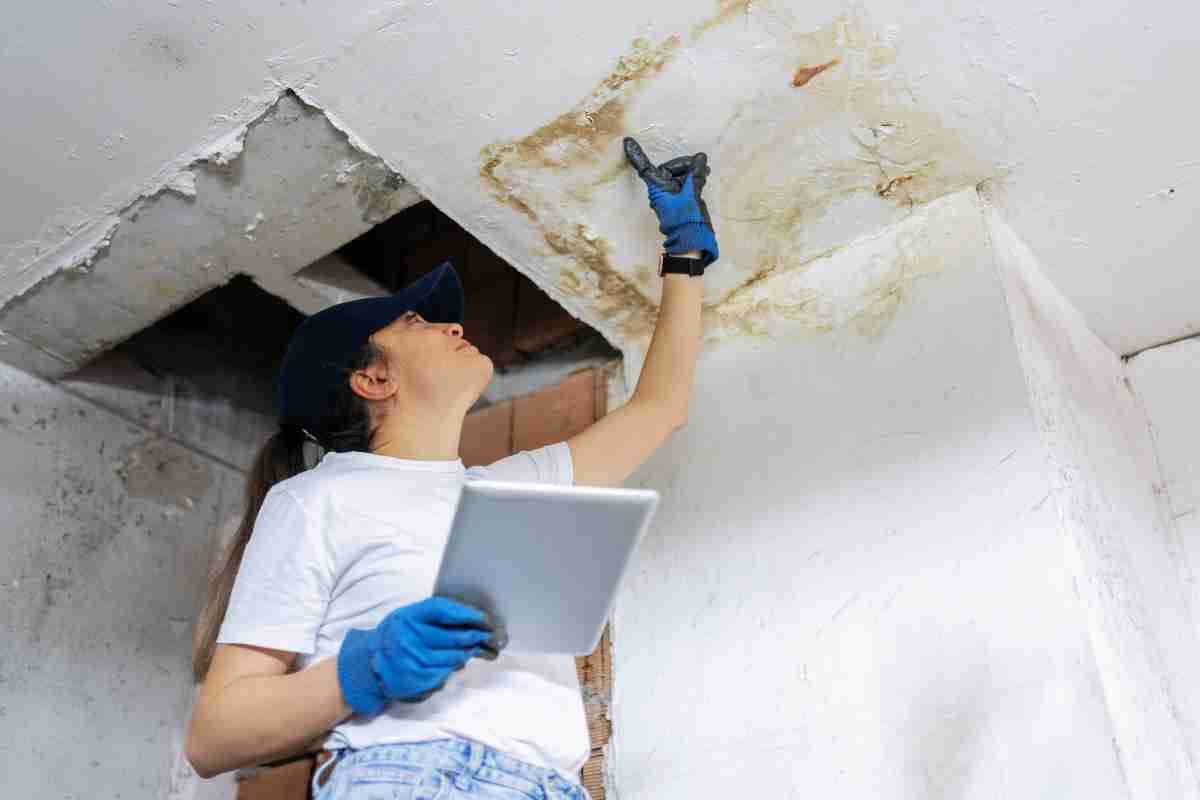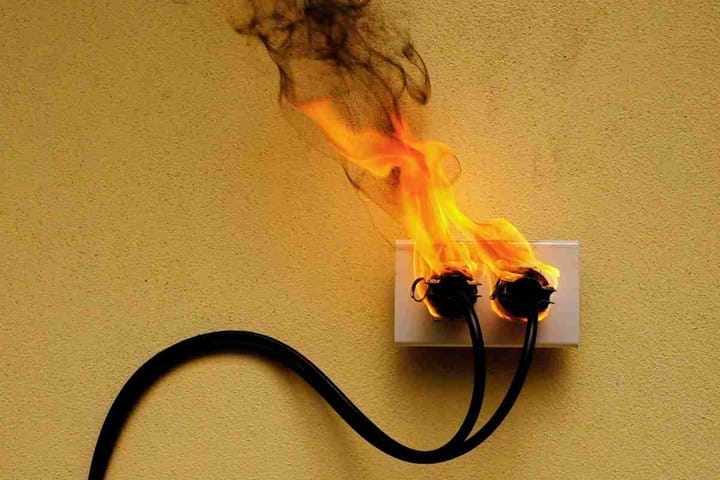How to Protect Your Property from Water Damage
This blog covers key strategies and tips to safeguard your home from water damage, helping you enjoy the Sunshine State worry-free and avoid costly repairs.

In this blog, we will explore essential strategies and practical tips to protect your home from water damage, ensuring that you can enjoy the Sunshine State's beauty without the worry of unexpected and expensive repairs.
How to Protect Your Property from Water Damage
Protecting your property from water damage in Florida is crucial, because heavy rains, hurricanes, and flooding are common. Here are several tips to help you safeguard your home:
1. Maintain Your Roof
Regularly inspect your roof for any signs of damage such as missing, cracked, or curling shingles. Ensure that flashing around chimneys, vents, and skylights is secure. A well-maintained roof prevents water from seeping into your home during heavy rains.
2. Clean Gutters and Downspouts
Keep your gutters and downspouts free of debris like leaves and twigs. Clogged gutters can cause water to overflow and damage your roof, walls, and foundation. Ensure that downspouts direct water at least 10 feet away from your home to prevent pooling around the foundation.
3. Install a Sump Pump
A sump pump in your basement or crawl space can help prevent flooding by pumping out water that accumulates during heavy rains. Make sure to test your sump pump regularly and consider installing a battery backup in case of power outages.
4. Seal Windows and Doors
Inspect and repair any gaps or cracks around windows and doors where water could seep in. Use weather stripping and caulk to seal these areas effectively.
5. Grade Your Yard
Ensure that the ground around your home slopes away from the foundation. Proper grading helps direct rainwater away from your house, reducing the risk of basement or crawl space flooding.
6. Inspect and Maintain Plumbing
Regularly check your home’s plumbing for leaks, corrosion, or damage. Pay special attention to appliance hoses and faucets, and replace them if they show signs of wear. Consider installing water leak detectors that can alert you to leaks before they cause significant damage.
7. Install Flood Vents
If you live in a flood-prone area, installing flood vents in your foundation can help prevent structural damage. These vents allow water to flow through the foundation rather than building up pressure that can cause cracks.
8. Use Water-Resistant Building Materials
In areas prone to flooding, consider using water-resistant materials for flooring, walls, and insulation. Materials like ceramic tile, concrete, and closed-cell foam insulation are less likely to be damaged by water.
9. Elevate Electrical Systems
Raise electrical outlets, switches, and circuit breakers at least one foot above the potential flood level in your area. This can prevent electrical damage and reduce the risk of fire during a flood.
10. Create a Rain Garden
A rain garden can help manage stormwater runoff by absorbing rainwater and reducing the amount of water that reaches your home. Plant native vegetation that thrives in wet conditions to create an effective and attractive rain garden.
11. Regularly Inspect Your Foundation
Check your foundation for cracks or signs of water infiltration. Seal any cracks with waterproof masonry sealer to prevent water from entering your basement or crawl space.
By following these tips, you can significantly reduce the risk of water damage to your property and ensure that your home remains safe and dry, even during Florida's most challenging weather conditions.
Making a Claim to Homeowners Insurance After Water Damage
Filing a homeowners insurance claim for water damage involves several critical steps to ensure that the process goes smoothly and you receive the compensation you need for repairs. Here’s a comprehensive guide on how to make a claim for water damage:
1. Identify and Stop the Source of Water Damage
The first step is to identify and stop the source of the water damage. Whether it’s a burst pipe, leaky roof, or flooding, take immediate action to prevent further damage. Turn off the main water supply if necessary and make temporary repairs to stop the water flow.
2. Document the Damage
Thoroughly document the extent of the damage before you start any cleanup. Take clear, detailed photos and videos of all affected areas, including damaged furniture, walls, floors, and personal belongings. This documentation will be crucial when you file your claim.
3. Review Your Insurance Policy
Before contacting your insurance company, review your homeowners insurance policy to understand what is covered. Pay special attention to exclusions and limitations, as some types of water damage (like flooding) may require separate coverage.
4. Contact Your Insurance Company
Notify your insurance company as soon as possible. Most policies require prompt reporting of damage. Provide them with a detailed account of what happened and the extent of the damage. Your insurer will likely assign an adjuster to your claim who will guide you through the process.
5. Mitigate Further Damage
Insurance policies typically require homeowners to take reasonable steps to prevent further damage. This might include drying out wet areas, removing standing water, and making temporary repairs. Keep receipts for any expenses incurred during this process, as they may be reimbursable.
6. Get Professional Estimates
Obtain estimates from licensed contractors for the cost of repairs. Your insurance adjuster may also recommend contractors or require you to get multiple estimates. These estimates will help determine the amount of your claim.
7. Work with the Insurance Adjuster
The insurance adjuster will visit your property to assess the damage. Provide them with all the documentation and estimates you’ve gathered. Be prepared to answer questions and show them the affected areas. The adjuster’s report will significantly influence the outcome of your claim.
8. Keep Detailed Records
Maintain a detailed record of all communications with your insurance company, including phone calls, emails, and letters. Note the dates, times, and names of the representatives you speak with. This documentation can be helpful if there are any disputes or delays in processing your claim.
9. Review the Settlement Offer
Once the adjuster has completed their assessment, your insurance company will provide a settlement offer. Review this offer carefully to ensure it covers all necessary repairs and replacements. If you believe the offer is too low, you can negotiate or provide additional documentation to support your claim.
10. Make Repairs
After you’ve accepted the settlement offer, you can proceed with making permanent repairs to your home. Ensure that all work is completed by licensed and reputable contractors. Keep all receipts and documentation related to the repairs.
By following these steps, you can navigate the homeowners insurance claim process more effectively and increase your chances of receiving fair compensation for water damage.




Comments ()